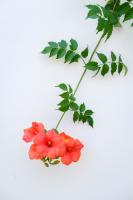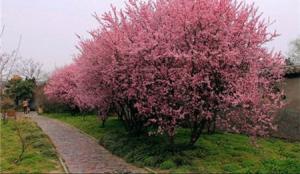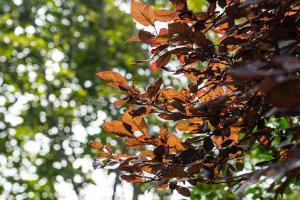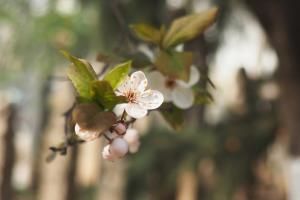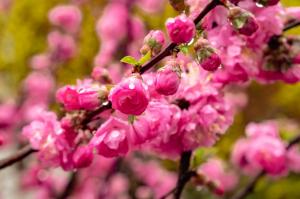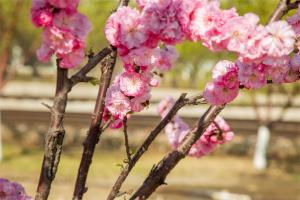1、 Breeding environment
1. Light: it is relatively strict with light. It must be maintained under full light throughout its growing season. If the light is insufficient, it will affect its growth and flowering
2. Soil: it requires more relaxed soil, as long as it is a neutral slightly alkaline sandy loam. It is better to be fertile and loose, so that it can grow normally
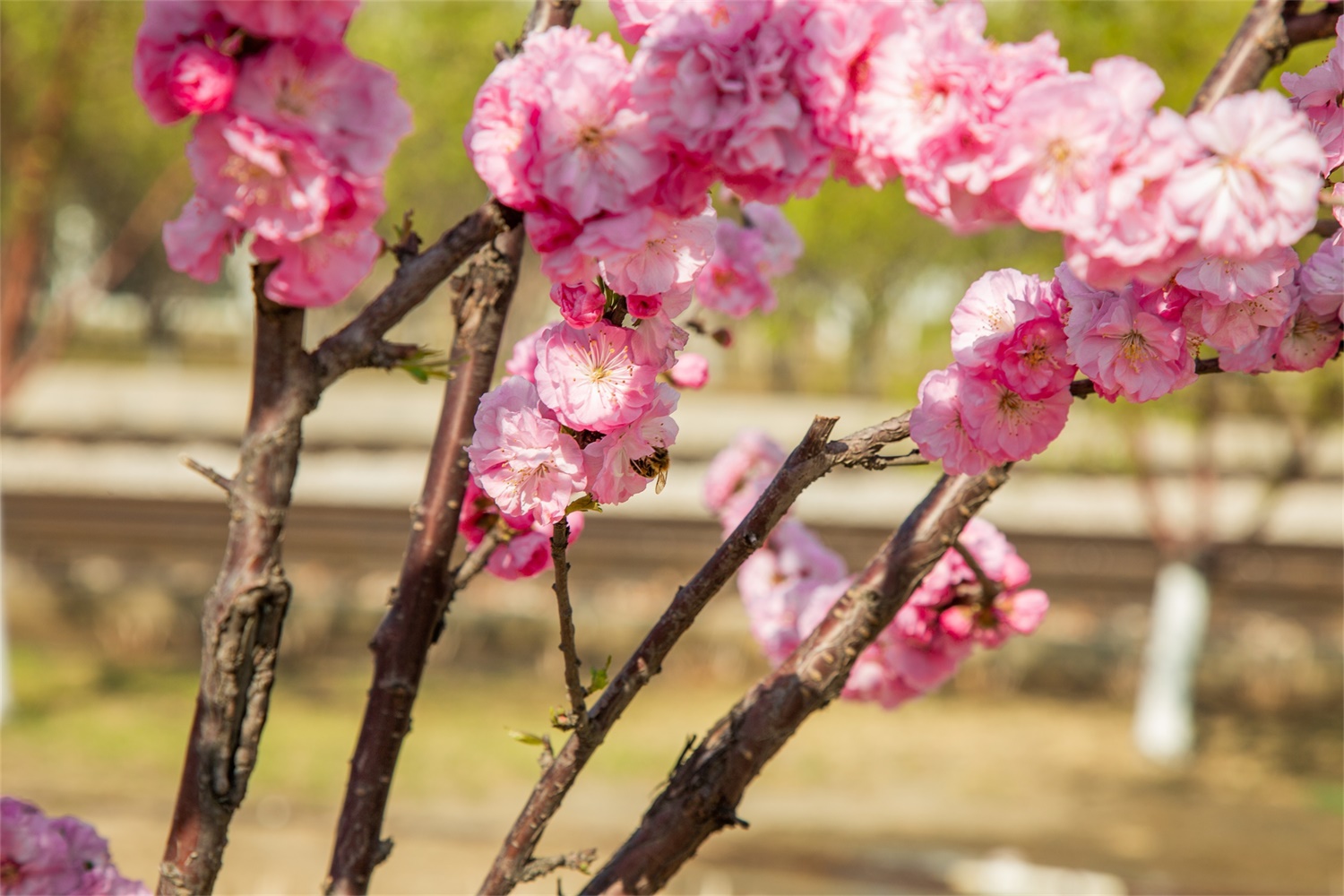
3. Moisture: the root system of Prunus pumila is very afraid of waterlogging and drought, so it can't be watered too much. Especially in the rainy season in summer, drainage and waterlogging prevention should be done well. If the soil is slightly dry, it will not affect its growth
4. Fertilization: elm leaf plum requires a large amount of fertilizer and is resistant to large fertilizer. Giving it sufficient nutrients is very helpful for flowering. In the growing season, it can meet the requirements by giving it thin fertilizer and water once in about 10 days
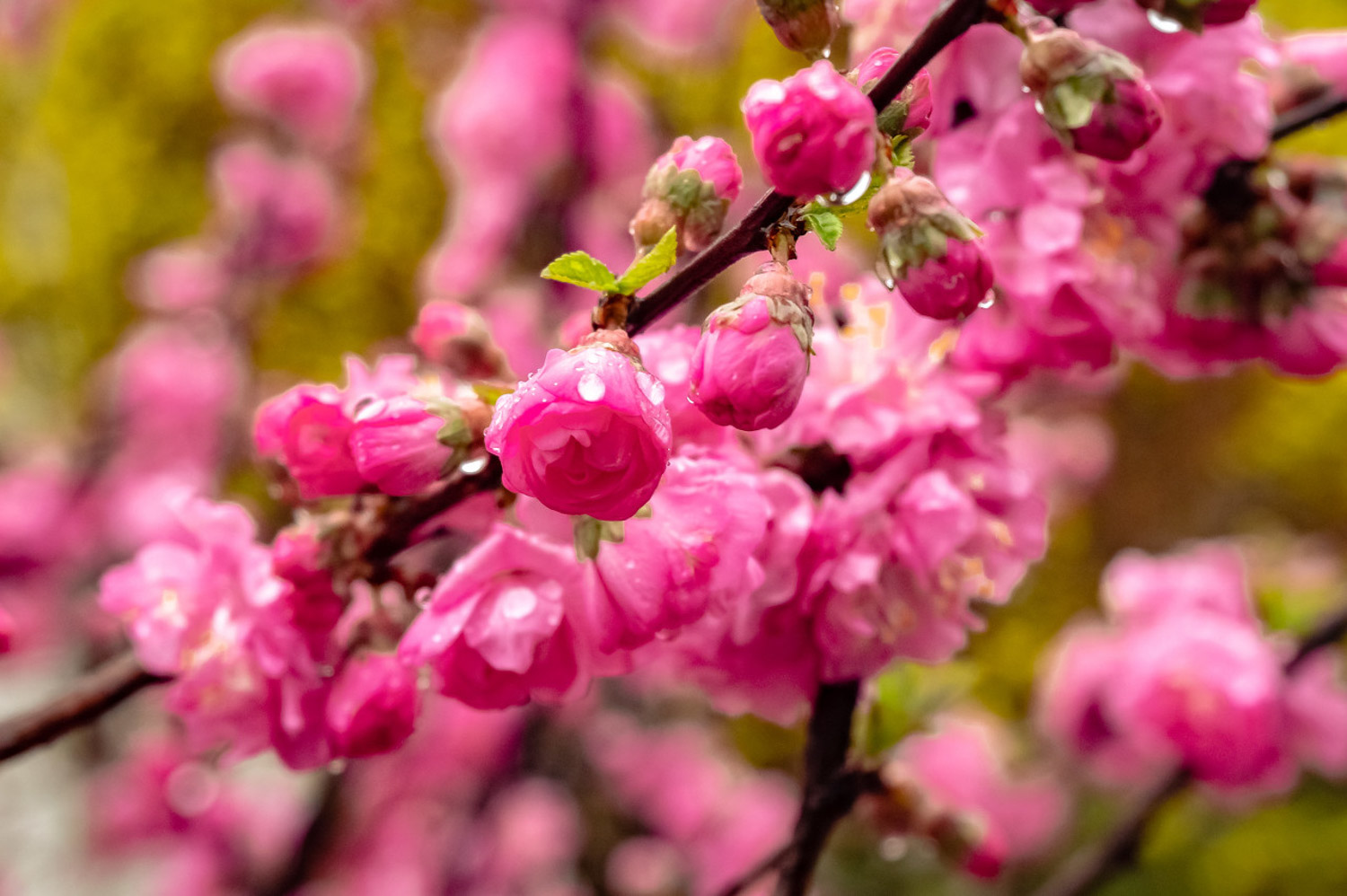
2、 Common diseases and insect pests
There will be more pests and diseases in the growing period of elm leaf plum, such as aphids, scale insects, red spiders and other pests will harm it. If it is maintained outdoors, pay attention to the harm of longicorn beetles and control them in time. In addition, it is sensitive to pesticides containing organophosphorus, which will cause drug damage. Therefore, such pesticides should be avoided when spraying


 how many times do yo...
how many times do yo... how many planted tre...
how many planted tre... how many pine trees ...
how many pine trees ... how many pecan trees...
how many pecan trees... how many plants comp...
how many plants comp... how many plants can ...
how many plants can ... how many plants and ...
how many plants and ... how many pepper plan...
how many pepper plan...
